We are being advised to use copious amounts of soap during the current crisis, so we thought it was a good time to highlight one of the most amusing statues in the WMODA collection. You Dirty Boy by Giovanni Focardi was purchased by Pears’ soap manufacturers and used extensively to advertise their products during the Victorian era. Their 1890 ad entitled “Scrambling for It’ conjures up today’s shopping experience!
Focardi was an Italian artist based in London and Pears paid him £500 for his original marble sculpture of You Dirty Boy. The terracotta version at WMODA, which stands 26 inches tall, was made by the Watcombe Pottery of Devon and exhibited by Pears at the Paris Exhibition of 1878. The sculpture was also reproduced in metal, pottery, plaster and on advertising posters used in marketing campaigns for Pears’ Soap in shop counter displays and exhibitions around the world. Travesties of the original Dirty Boy adverts were even used in political cartoons for Punch magazine.
Pears were pioneers in product advertising and were renowned for the huge sums of money spent to promote their distinctive transparent soap. In an interview during the Melbourne Centennial Exhibition in 1888 the manager of Pears, Mr. Thomas J. Barratt, discussed their advertising program and expenditure of £100,000 per annum which was an enormous sum in the late 19th century. Barratt, now acknowledged as the ‘Father of Modern Advertising’, also explained the origins of You Dirty Boy:
The “Dirty Boy” was the greatest coup we ever made,’ said Mr. Barratt, who then told me the history of the statue "Focardi was a poor Italian sculptor. He happened one day to be in Preston, a grimy, smoky, Lancashire town. He was lodging in an obscure quarter of the town casting about for work. One morning he rang for his breakfast-once, twice. But no answer came. Again he pulled the bell, and again with the same result. He was rather angry at this inattention to his comforts, which is not uncommon in those parts, so they tell me, and rushed downstairs to see about it. He passed an open door, when lo! what struck him? A gnarled old woman fiercely scrubbing a very dirty boy, who squirmed under the rough usage, and screwed up his eyes and his mouth to keep out the soap, ' Drat the boy! said the old lady, ' stand still, do, will he never come clean!’ The rage of the breakfast-less sculptor turned to delight. Here was a subject for his chisel, and it was soon arranged that these two should sit to him. Some difficulty was it first experienced to hit the expression on the boy’s face, but this was done by the application of periodic buckets of cold water thrown in his face and a stray soap sud. We gave £500 for the marble. It has been the most profitable investment we ever made.”
This romanticized version of events appears to differ from information given by a descendant of the “dirty boy” and his zealous grandmother. Apparently, Giovanni Focardi boarded in Thornton Heath, Croydon, where he met Elizabeth Langley and her four grandsons. The boy being bathed is either Albert or Alfred. Focardi enjoyed portraying genre scenes and street urchins and another of his sculptures entitled “I’m first sir” depicts two young newspaper vendors vying for customers.
Pears’ Soap purchased many sculptures and paintings for their advertising campaigns. One of the most famous is Sir John Millais’ 1886 painting of A Child’s World which became better known as Bubbles. According to Millais, the image of the golden-haired boy looking at a bubble symbolized the beauty and fragility of life, but it promoted the virtues of Pears’ Soap after Barratt purchased the painting for £2,200 and used it in their 1897 Christmas Annual. Read more about Bubbles.
From 1891 to 1925 Pears published a Christmas annual featuring presentation prints by famous artists which could be framed and hung on the wall. Artists included Walter Crane, William Coleman and Henry Stacy Marks who were also designers for the British pottery industry. Not only did these prints provide beautiful artwork for the masses, Pears’ Soap became a household name.
Andrew Pears patented his novel translucent soap in 1789 and became known for his pure and gentle cosmetic products based on glycerin and other natural ingredients as opposed to the arsenic and lead used in many beauty recipes of the time. The aroma reminiscent of an English garden assured its international appeal.
Pears broke into the US market by securing a testimonial in 1882 from the influential preacher Henry Ward Beecher equating Pears’ Soap with cleanliness and godliness and the advert featured on the front page of the New York Herald. Royal Warrants were awarded to Pears from Queen Victoria and the Prince of Wales and his mistress, Lillie Langtry. The actress and society beauty was one of the first celebrities to endorse a commercial product when she became the face of Pears’ Soap in the 1880s. Apparently her fee was allied to her weight so she was paid ‘pound for pound.’ Lillie’s endorsement, “Two years ago I used your soap. Since when I have used no other” was lampooned by the cartoonist Harry Furniss, who depicted a grubby tramp writing a similar endorsement. Phil May also produced and satirized Pears’ adverts with his famous caricatures of guttersnipes.
Not all the images used in Pears advertising are amusing from today’s perspective. A lily-white complexion was greatly admired in the Victorian and Edwardian eras. To be tanned suggested outdoor laboring in the sun and was to be avoided at all costs. Some of the ads contrasting light and dark skins of different races during the age of European imperialism would be regarded as highly offensive today.
Pears was an international brand built on successful advertising, but the company lost its power in the mid-20th century when liquid soaps and shower gels became popular. The Pears brand was discontinued in 2000 by its parent company Unilever.
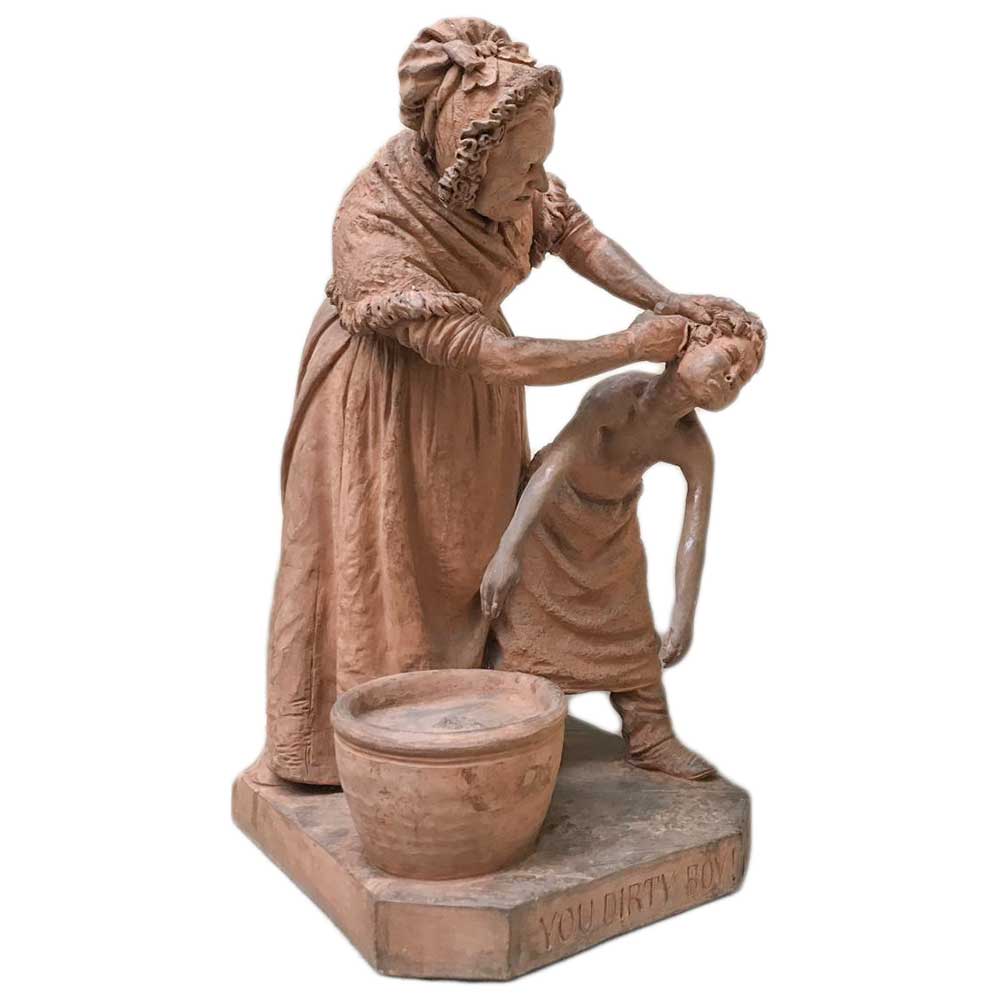
Watcombe Pottery You Dirty Boy by G. Focardi
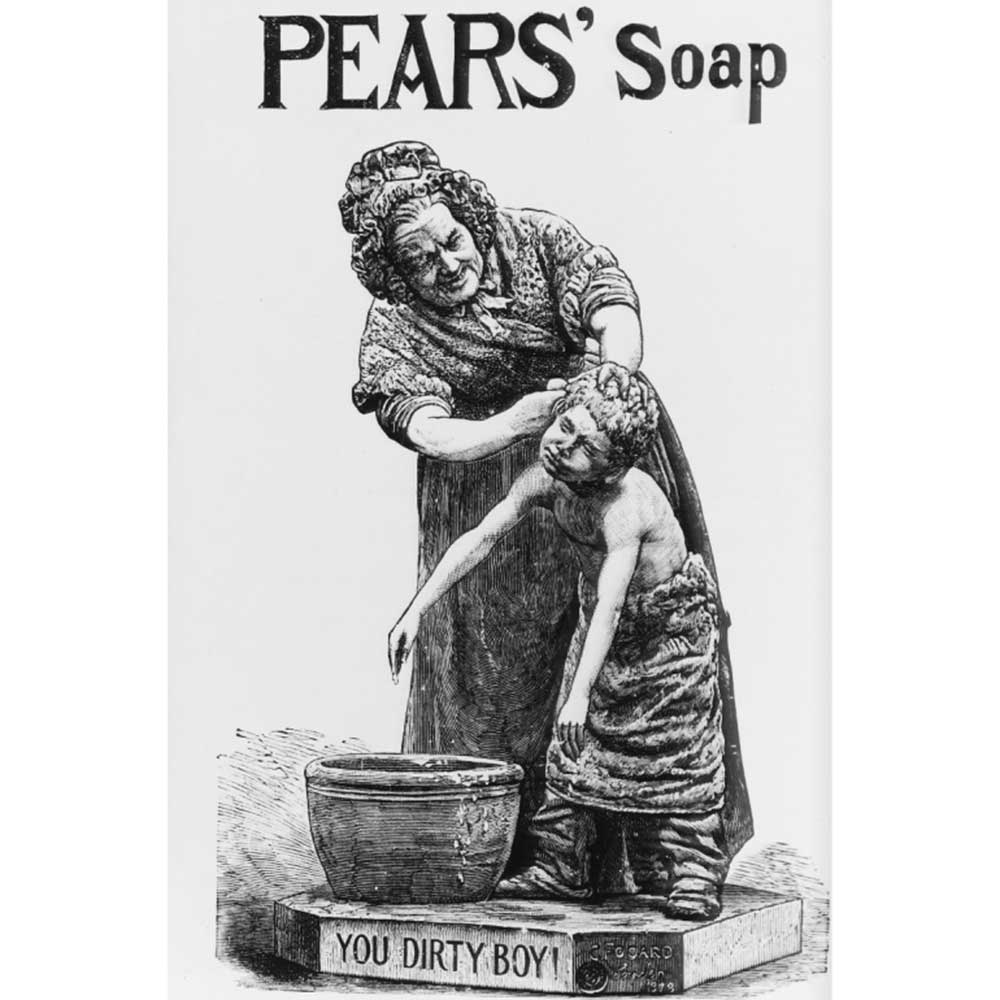
Pears' Soap You Dirty Boy advertisement

Pears' Soap Scrambling for It advertisement
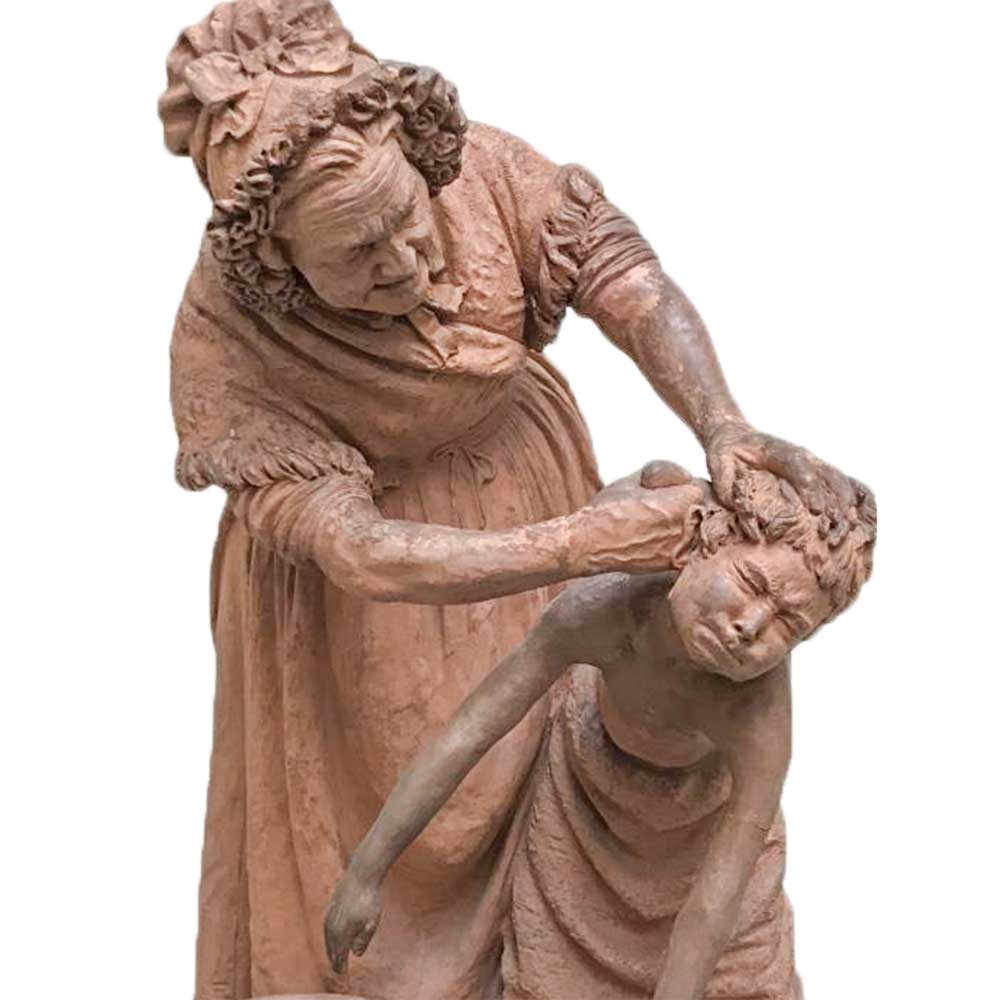
You Dirty Boy detail
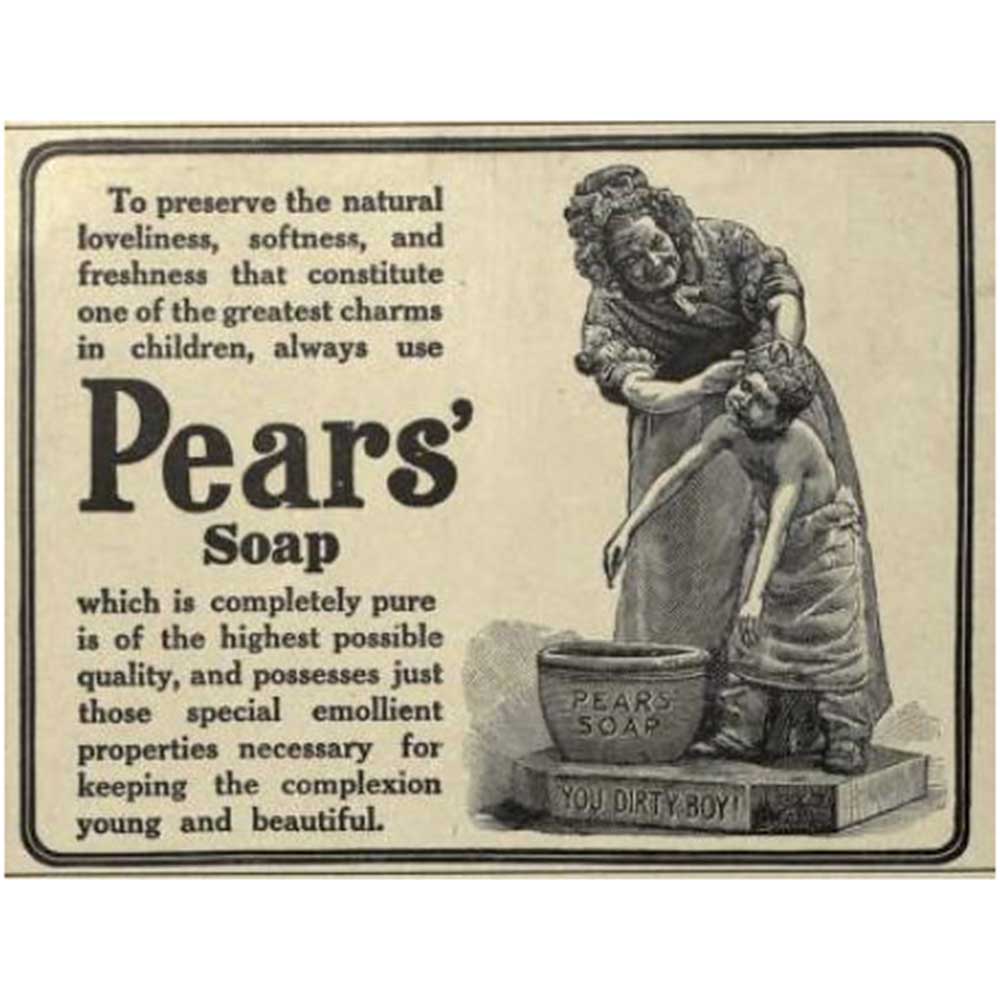
Pears' Soap advertisement
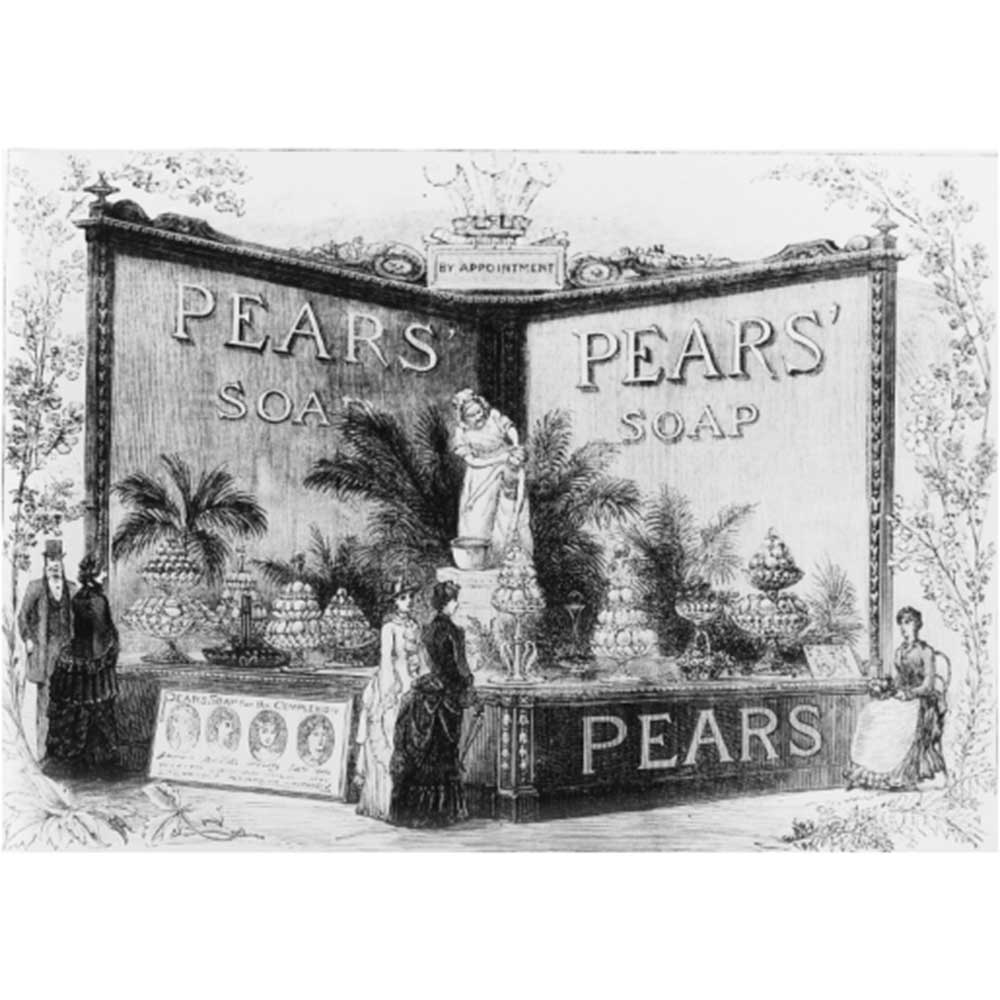
Pears' Soap 1878 Paris Exhibition

Pears' Soap 1888 Melborne Exhibition

You Dirty Boy poster
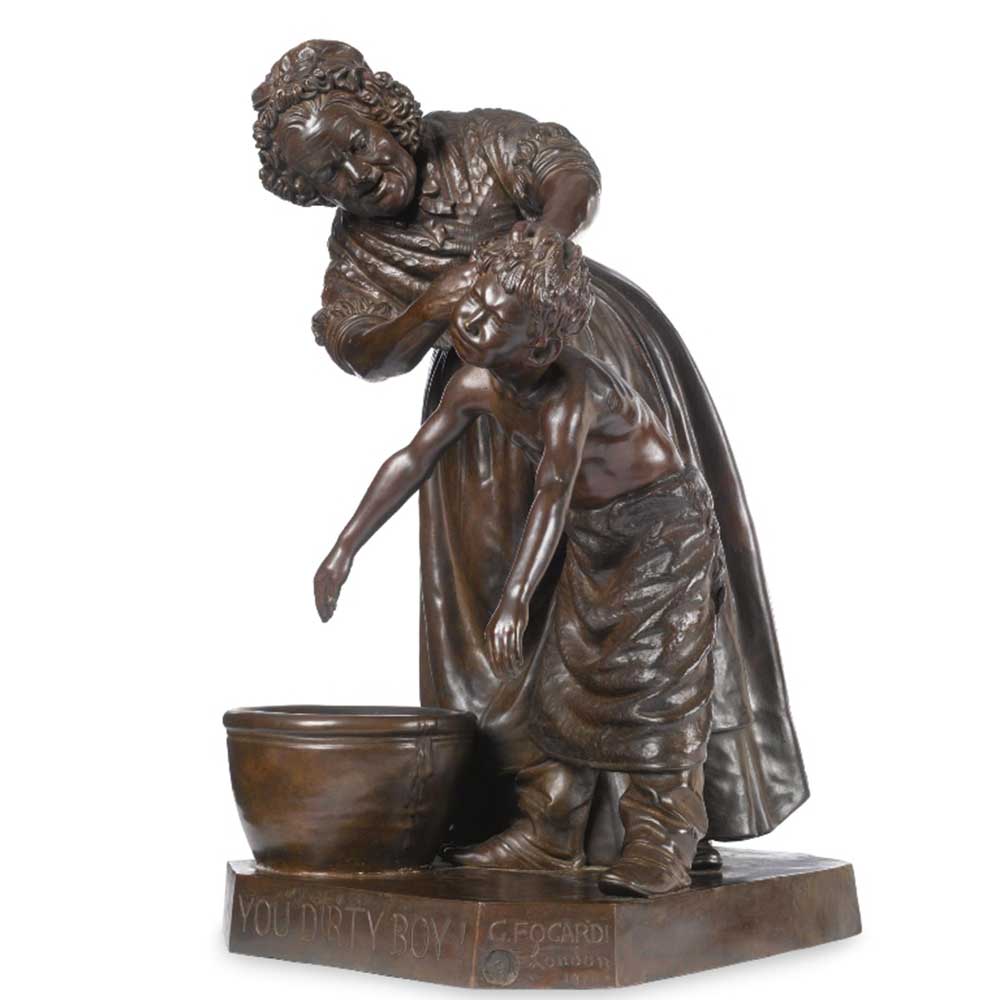
You Dirty Boy metal by G. Focardi
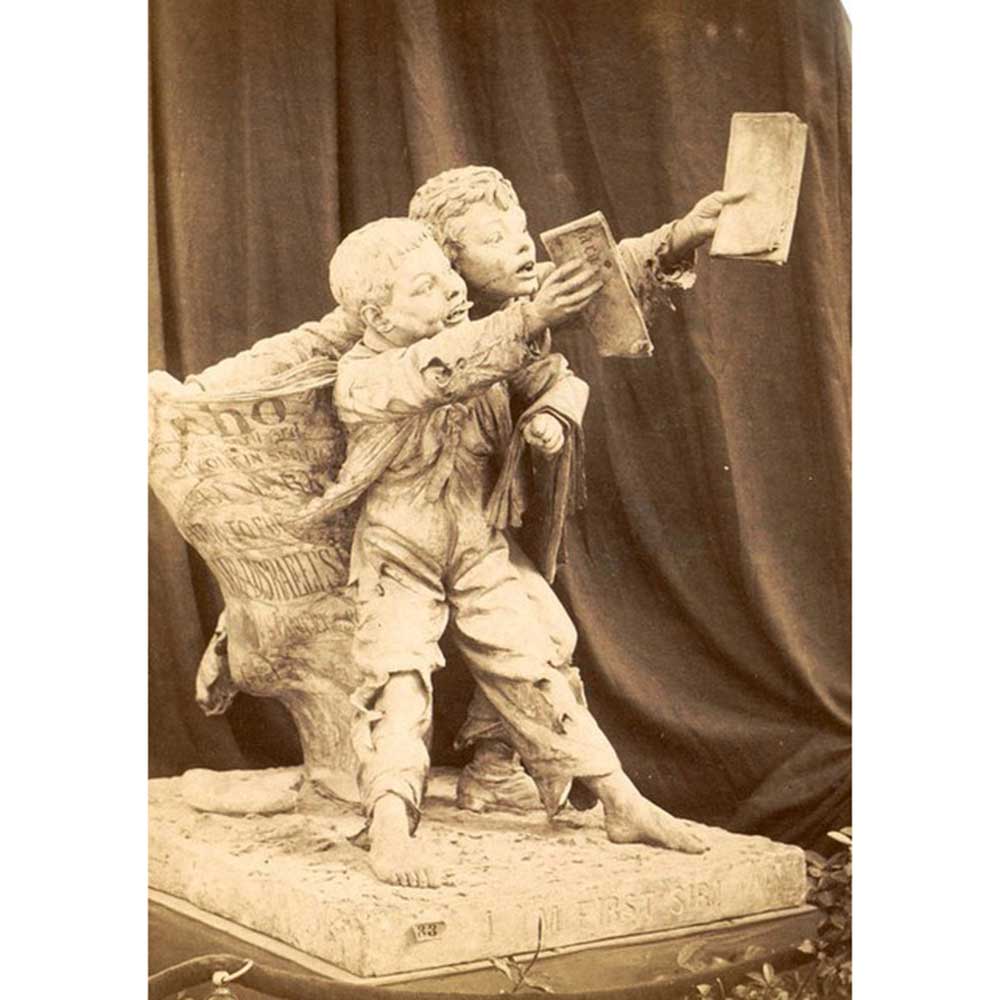
I Am First Sir by G. Focardi

Pears' Soap advertisement
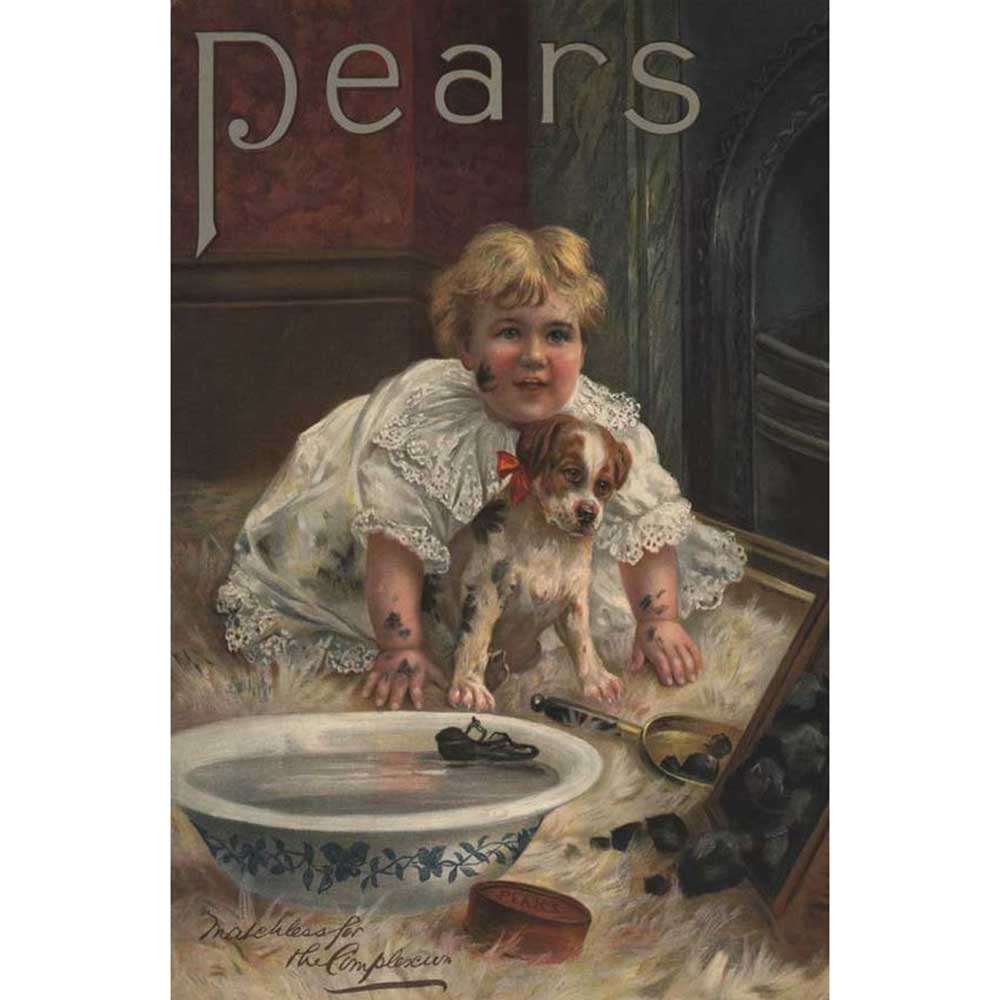
Pears' Soap advertisement
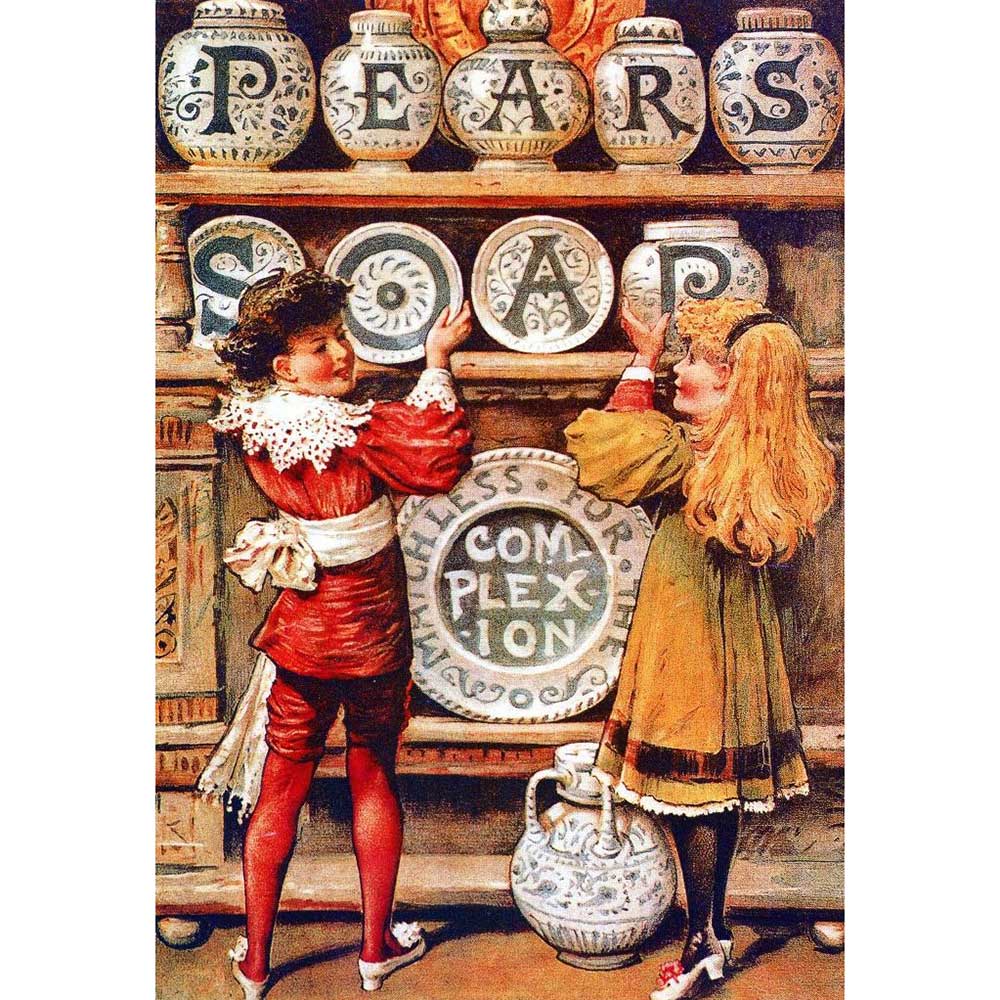
Pears' Soap advertisement

Pears' Soap advertisement London Newcastle Street

Pears' Soap 1897 Christmas Annual

Pears' Soap Bubbles advertisement
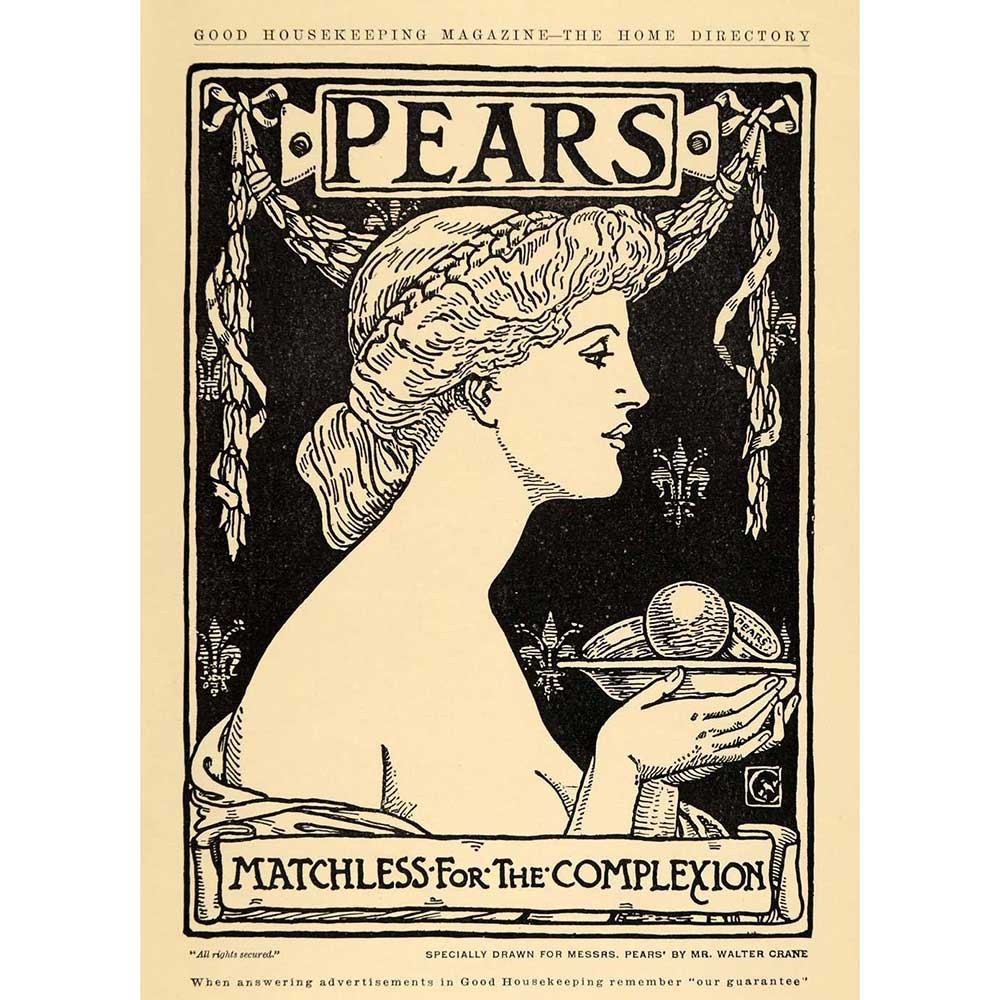
Pears' Soap advertisement by W. Crane
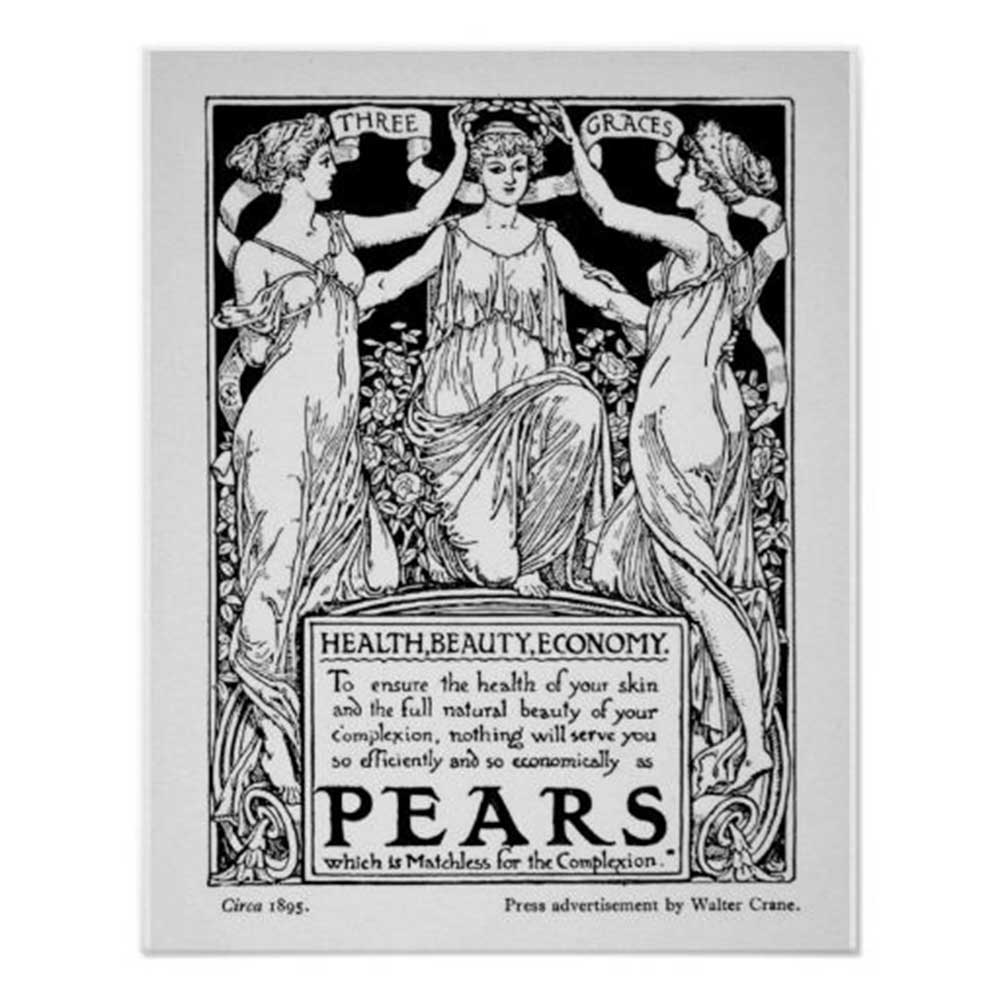
Pears' Soap advertisement Three Graces by W. Crane
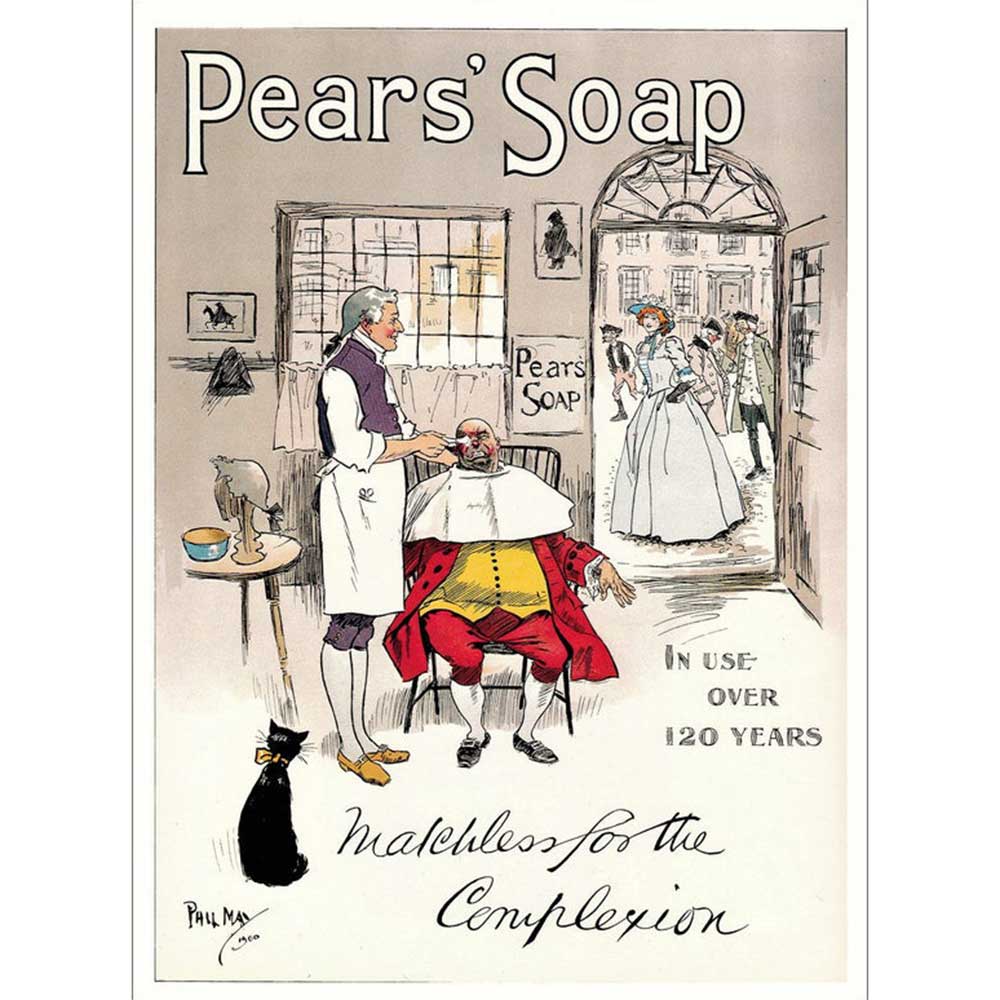
Pears' Soap advertisement by P. Mays
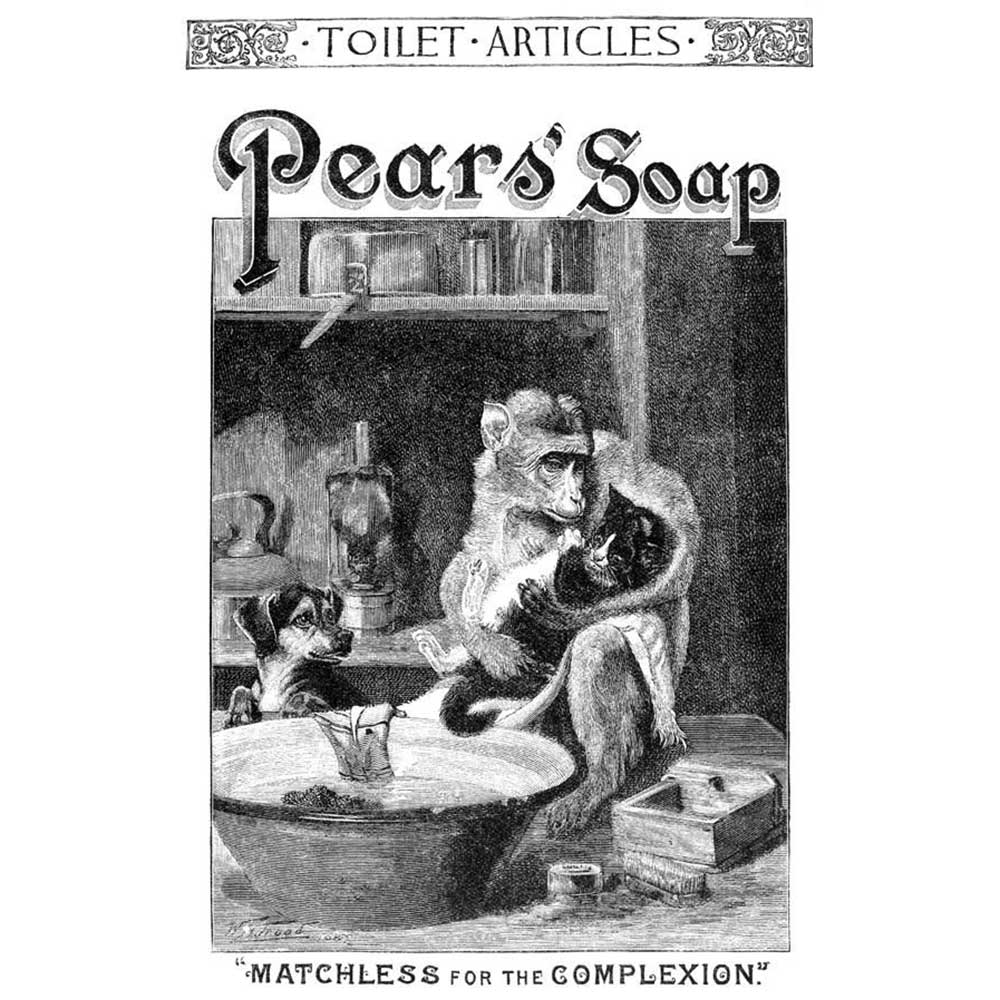
Pears' Soap advertisement 1888

Pears' Soap advertisement 1889

Pears' Soap advertisement 1920

Pears' Soap advertisement
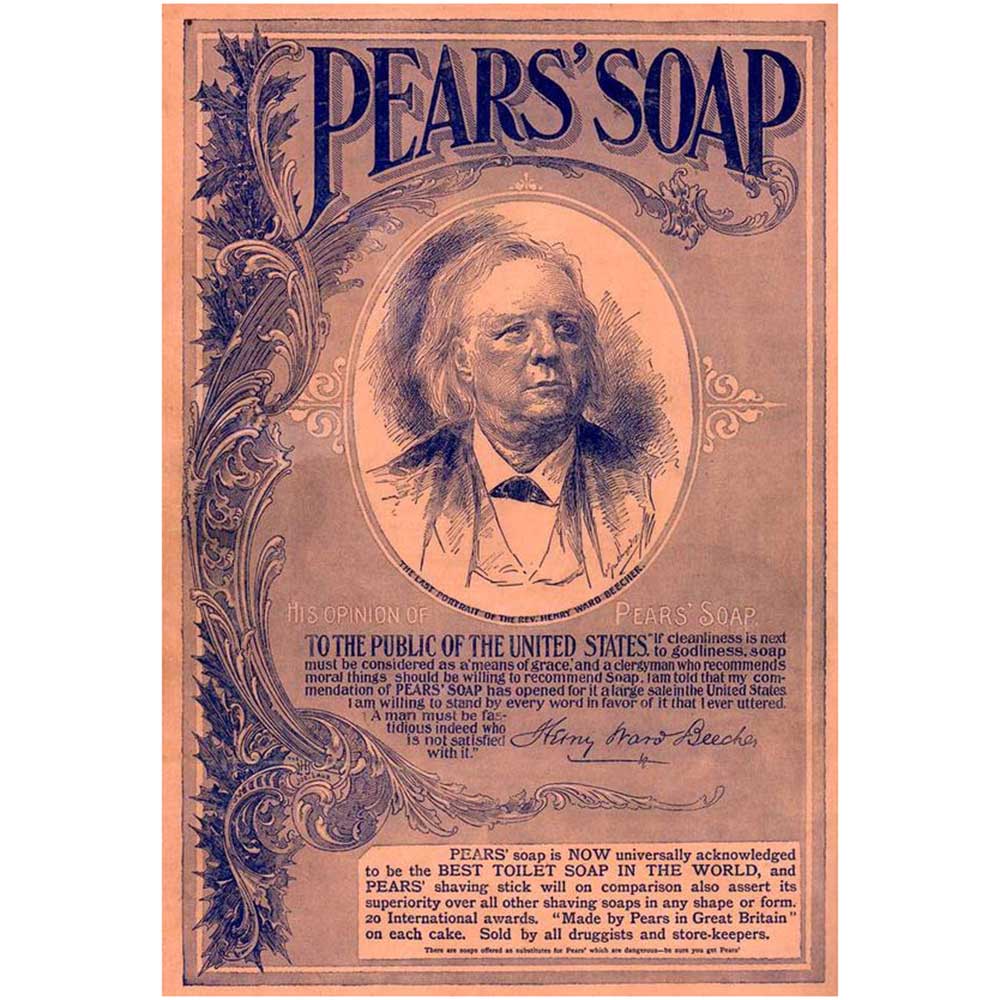
USA Pears' Soap advertisement featuring Henry Ward Beecher

USA Pears' Soap advertisement featuring Henry Ward Beecher
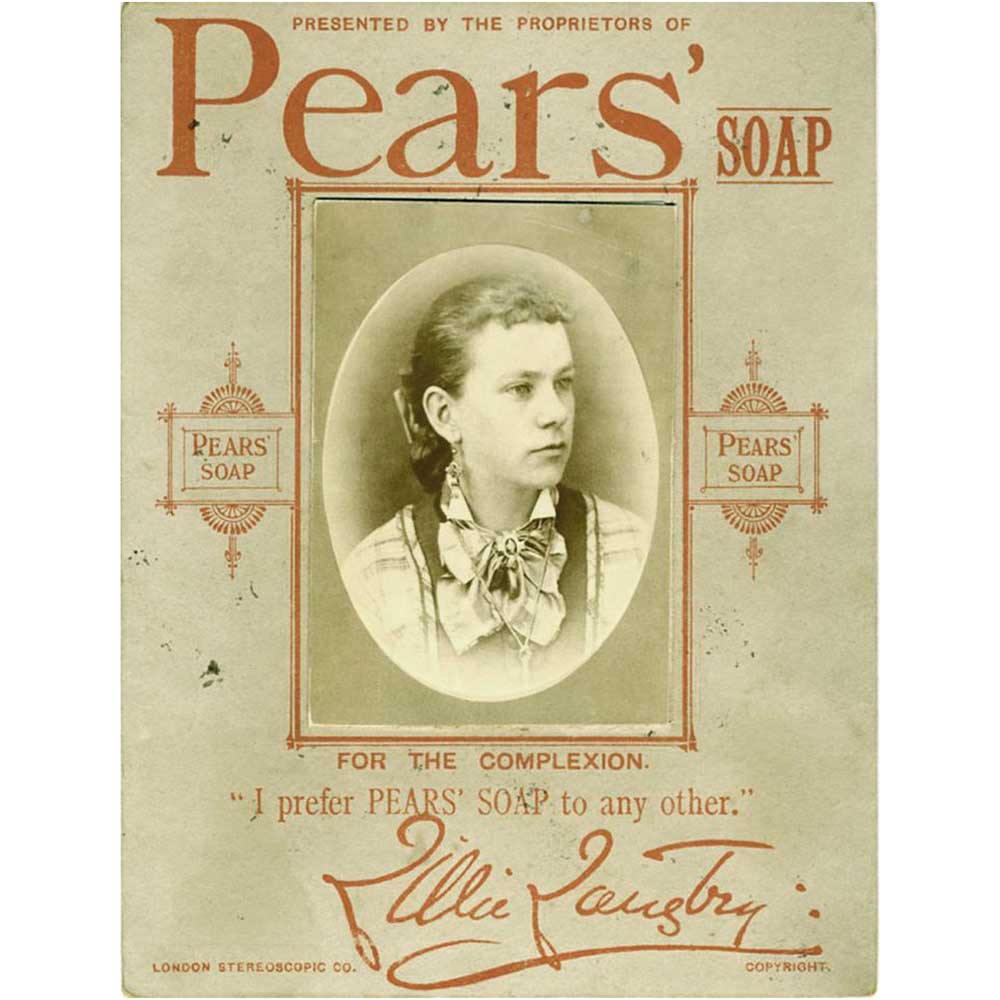
Pears' Soap advertisement featuring Lillie Langtry

Pears' Soap advertisement featuring Lillie Langtry
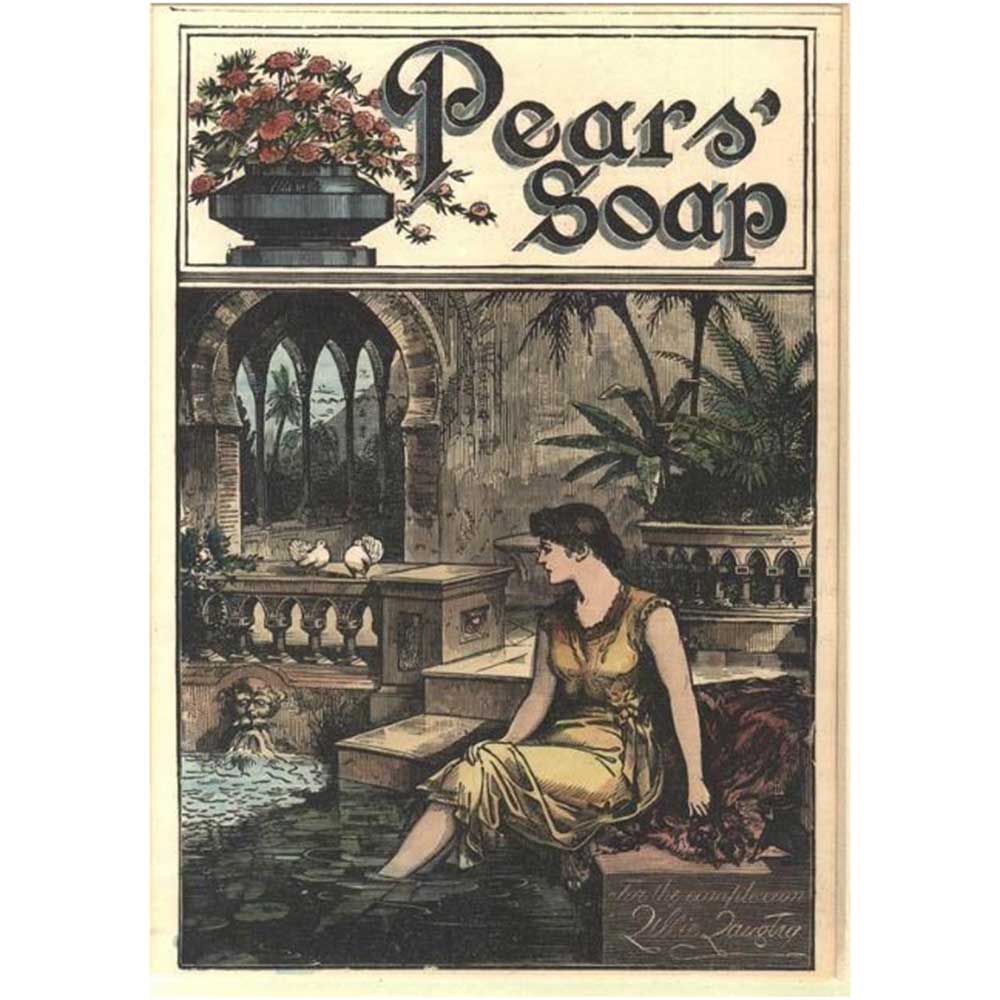
Pears' Soap advertisement featuring Lillie Langtry

Pears' Soap advertisement featuring Lillie Langtry

Pears' Soap cartoon by H. Furniss

Pears' Soap cartoon by P. Mays
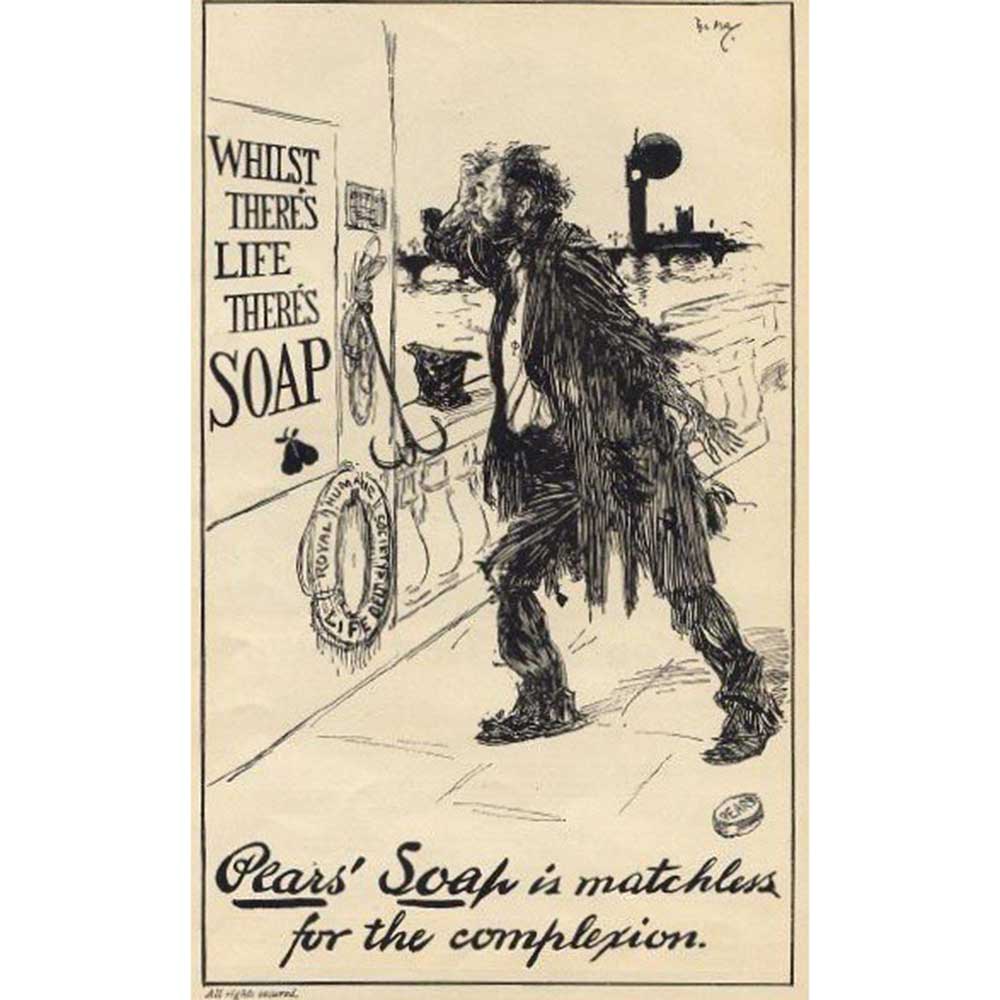
Pears' Soap cartoon by P. Mays
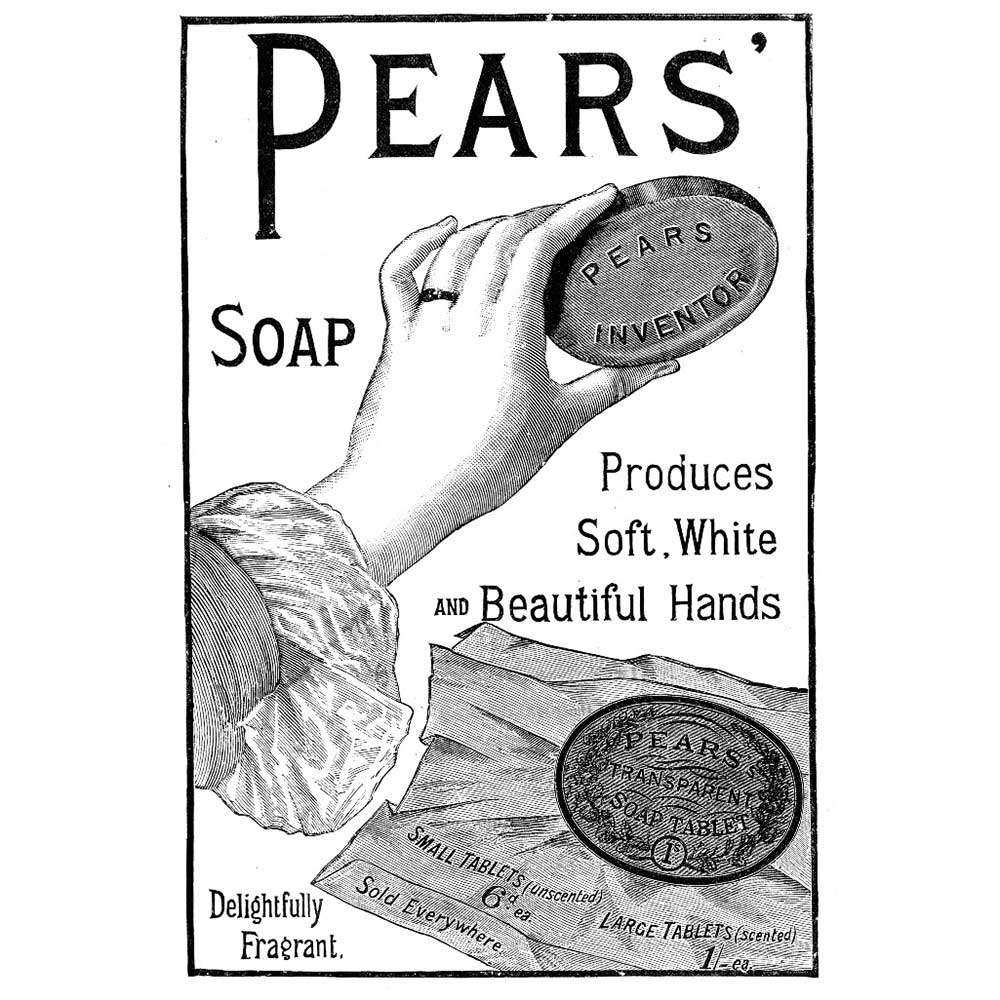
Pears' Soap advertisement

Pears' Soap 200 years brochure
